Search
Search Results
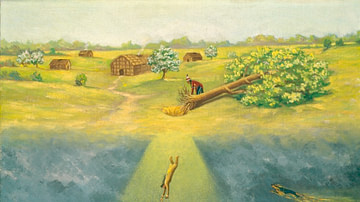
Article
Lakota Sioux Creation Story
The Lakota Sioux, like other tribal nations, had many versions of a creation story but all involved Wakan Tanka (Great Mystery or Great Spirit), the supreme creative power in the universe, who made all things and so caused all to be related...

Lesson Pack
Shinto: The Power of Rituals and Beliefs
Discovering Shinto: The power of rituals and beliefs... 27 pages of lesson plan and engaging activities about religion in ancient Japan. All you need to teach on that subject included in this resource and ready to print! Objectives...

Video
Scythians: Scientific Analysis of the Oxus Treasure
British Museum Scientist Aude Mongiatti shares some of her research on the Oxus treasure, a selection of beautiful gold and silver objects from the 5th and 4th centuries BC. Some of the objects from the Oxus treasure are on display in...
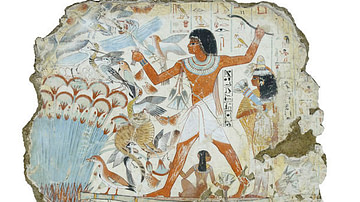
Image
Nebamun Hunting in the Marshes
Thebes, Egypt Late 18th Dynasty, around 1350 BC Fowling in the marshes Nebamun is shown hunting birds, in a small boat with his wife Hatshepsut and their young daughter, in the marshes of the Nile. Such scenes had already been traditional...
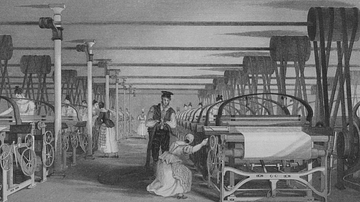
Image
Power Looms in a Textile Mill
An 1835 engraving by J. Tingle (from an illustration by T. Allom) of power looms in a textile mill during the Industrial Revolution. The power loom weaving machine was invented by Edmund Cartwright (1743-1823) in 1785. The machine doubled...
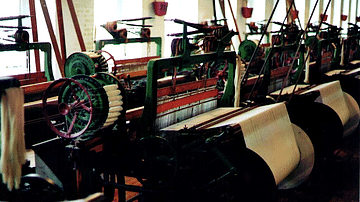
Image
Power Looms
The power loom was first invented by Edmund Cartwright in 1785 and it doubled the speed of textile production compared to traditional methods. (The American Textile Museum, Lowell, Mass., USA)
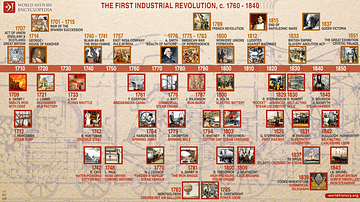
Image
The First Industrial Revolution, c. 1760 - 1840
An illustration depicting the First Industrial Revolution - a time of technological and scientific innovation that led to the rapid industrialization and urbanization of Europe and North America's agricultural economies (the term Industrial...
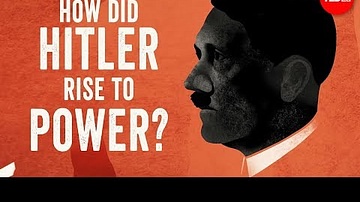
Video
How Did Hitler Rise to Power - Alex Gendler & Anthony Hazard
View full lesson: http://ed.ted.com/lessons/how-did-hitler-rise-to-power-alex-gendler-and-anthony-hazard Decades after the fall of the Third Reich, it feels impossible to understand how Adolf Hitler, the tyrant who orchestrated one of...
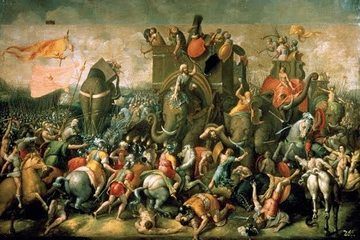
Video
Hannibal - Rome's Greatest Enemy - Full Documentary
Throughout time there have been several great military leaders, whose leadership skills shaped and defined the path of human civilisation. One such military leader was Hannibal Barca. Hannibal was a Carthaginian general who fought against...
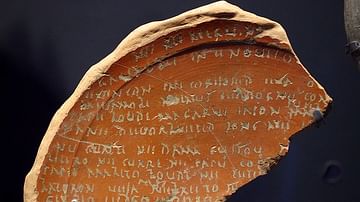
Article
A Linguistical Analysis of Ancient Celtic Languages
The Celtic languages form a branch of the Indo-European (IE) language family. They derive from Proto-Celtic and are divided into Continental Celtic languages (Lepontic, Gaulish, Galatian, Noric, Celtiberian, Gallaecian) and Insular Celtic...